This Is The Plan To Destroy Syria's Chemical Weapons
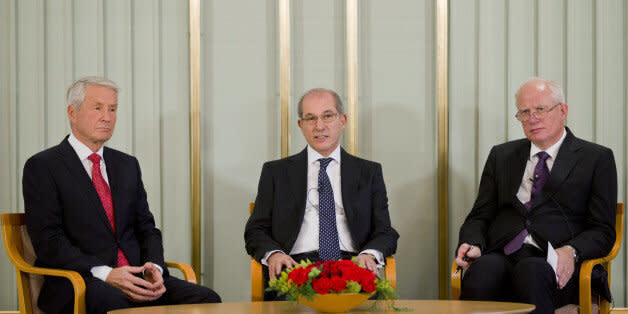
THE HAGUE, Netherlands (AP) — The Organization for the Prohibition of Chemical Weapons has finalized its plan for the destruction of Syria's stockpile of weapons and precursor chemicals, with the most toxic material to be destroyed at sea aboard a U.S. ship. But factors beyond the Nobel Peace Prize-winning watchdog's control could lead to delays.
The exact text of the plan remains classified, but Director-General Ahmet Uzumcu sketched the broad outlines in a speech Tuesday to the OPCW's 41-nation executive council, the text of which was released Wednesday.
Here are questions and answers on the plan based on Uzumcu's comments and pledges made publicly by member states of the OPCW:
WHAT IS THE TIMELINE?
Love HuffPost? Become a founding member of HuffPost Plus today.
Uzumcu says "the major elements" of the destruction plan are in place but cautions there may be delays. Factors ranging from customs clearance to bad weather to heavy fighting near a major highway linking Damascus and the city of Homs "pose risks to the timely execution of the operation," he says.
The OPCW's own timeline calls for the most toxic chemicals — including raw materials for making mustard gas and sarin — to be removed from Syria by Dec. 31 and destroyed by March 31. All other chemicals declared by Syria are to be removed from the country by Feb. 5, with the exception of around 100 tons of isopropanol, which is to be destroyed in Syria by March 1. All chemicals are to be destroyed by June 30.
In total, around 1,300 tons of chemicals have to be destroyed.
HOW ARE THE CHEMICALS GETTING TO PORT?
This is one of the most risky stages of the operation. Uzumcu says Syria has drawn up a plan for transporting chemicals from 12 storage sites to the port of Latakia.
While there will be no foreign troops on the ground to help secure the transport, countries are sending vital equipment.
The United States is supplying nearly 3,000 container drums, loading, transportation, and decontamination equipment. Washington also is providing GPS locators that will let authorities track the chemicals. Russia is providing large capacity and armored trucks, water tanks, and other logistical supplies. It has also indicated the possibility of helping with security for cargo operations at the port and in Syrian territorial waters. China is providing surveillance cameras and 10 ambulances.
WHO IS GETTING THE CHEMICALS OUT OF SYRIA?
Denmark and Norway are providing cargo vessels and military escorts in the form of two navy frigates to ship the chemicals out of Latakia. They first will take the most toxic chemicals, which are the top priority for destruction, and later return to pick up hundreds of tons of less dangerous chemicals. Finland will provide a chemical weapons emergency-response team.
WHAT HAPPENS NEXT?
Italy has agreed to let the Norwegian and Danish ships use one of its ports — it has not yet said which port — to transfer the most toxic chemicals to a U.S. ship. American authorities have offered the MV Cape Ray, a 213-meter (nearly 700-foot) ship owned by the Transportation Department's Maritime Administration, which is to be outfitted with a special machine called a Field Deployable Hydrolysis System that renders the chemicals inert by mixing them with other chemicals and heated water.
WHAT ABOUT THE REST OF THE CHEMICALS?
The Danish and Norwegian cargo ships will pick them up from Latakia and take them out of Syrian waters. The bulk of materials declared by Syria as part of its weapons program are less toxic chemicals that are commonly used in industry and can be disposed of at private commercial facilities. The OPCW is opening a tender process for private companies that want to destroy Syrian chemicals.
WHO IS FOOTING THE BILL?
The OPCW has opened a fund to pay for the destruction mission. At the moment it contains 9.8 million euros ($13.47 million) but Uzumcu has appealed for more funds. He says Japan has pledged, subject to parliamentary approval, nearly $15 million, which would be split between the OPCW and the United Nations, which also is involved in the destruction mission.
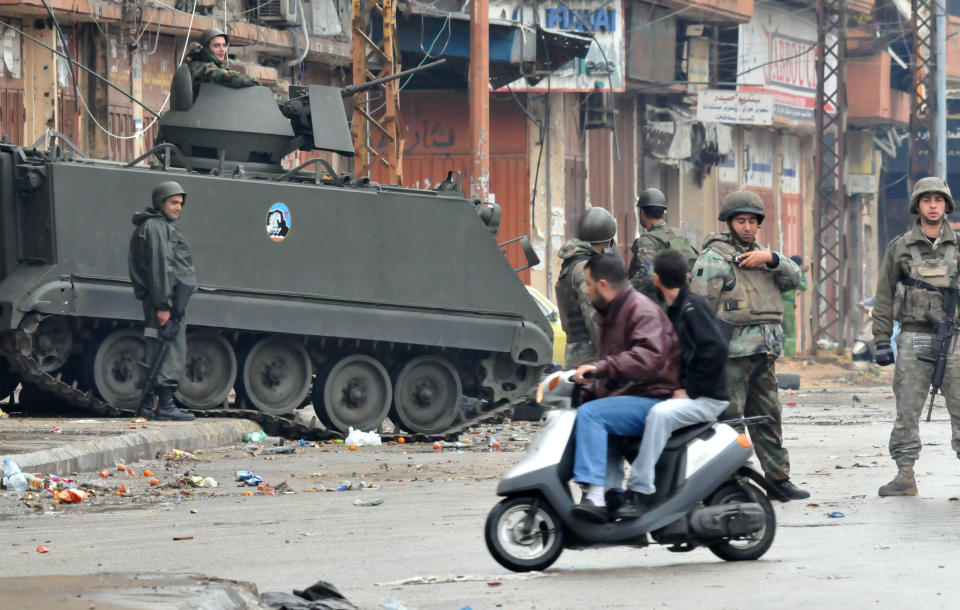
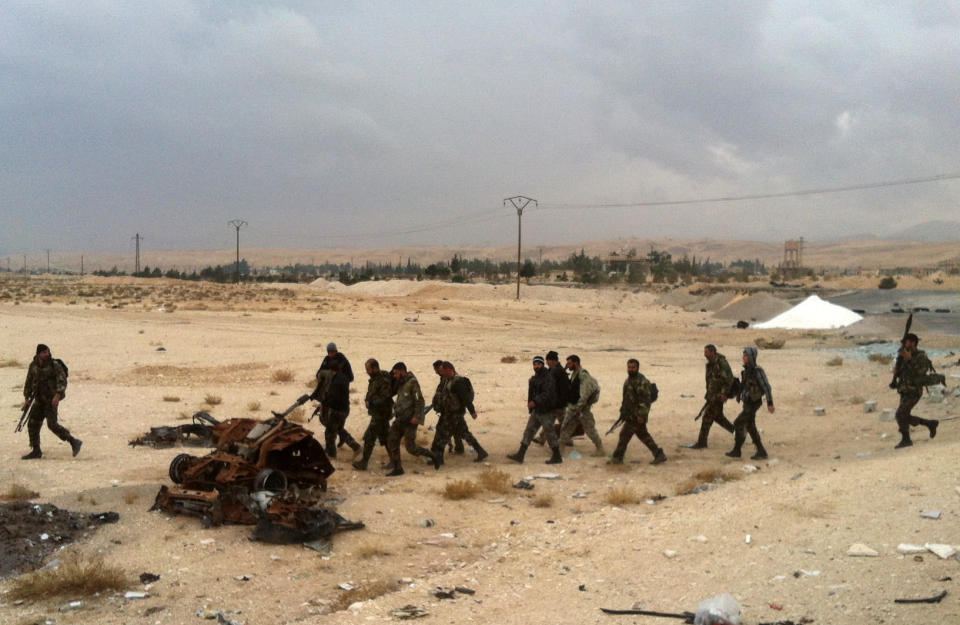
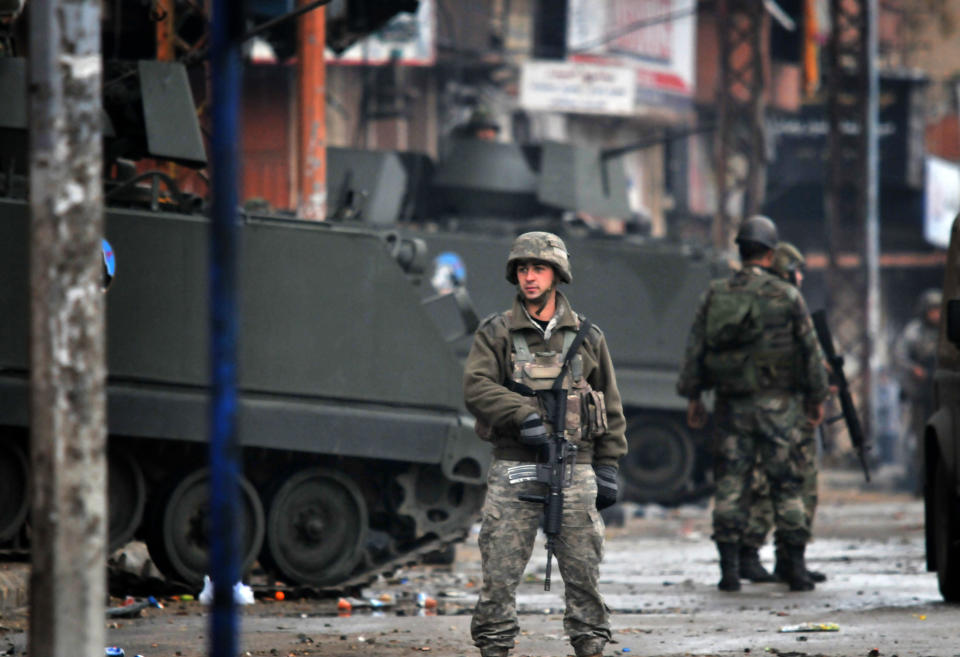
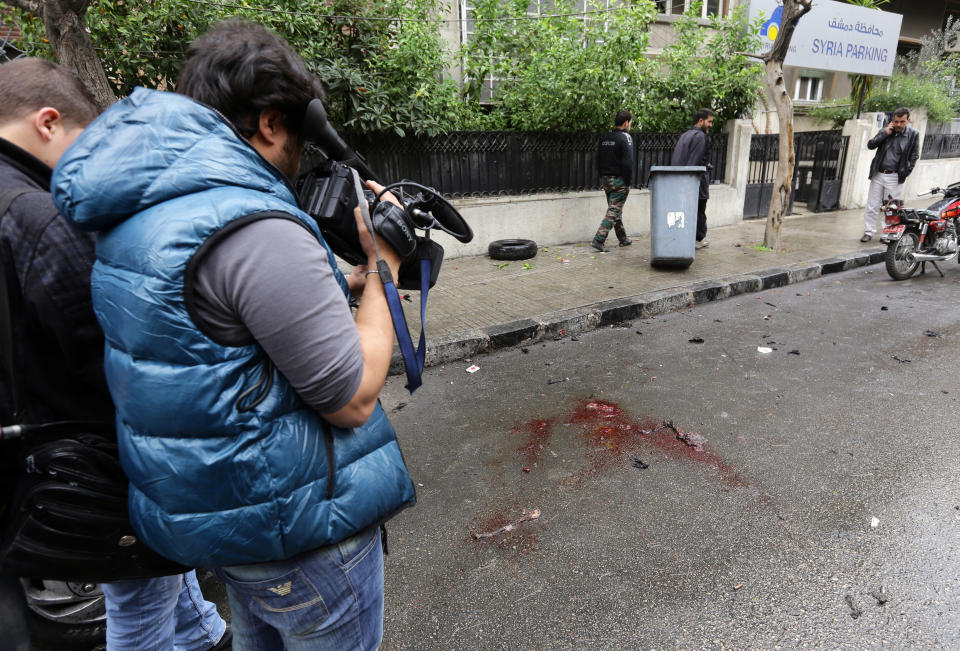
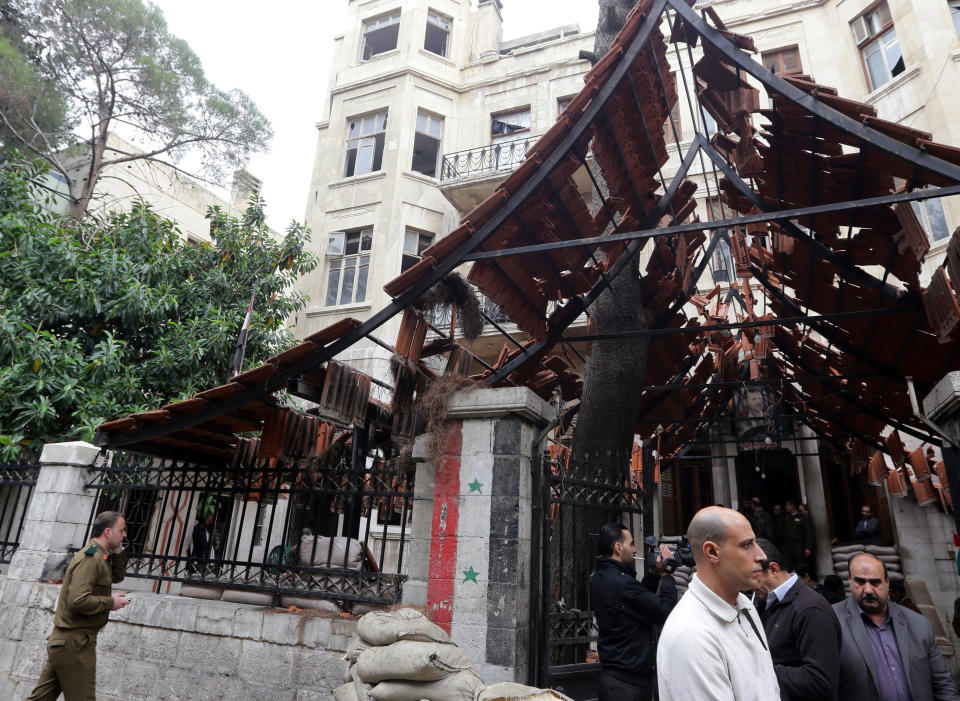
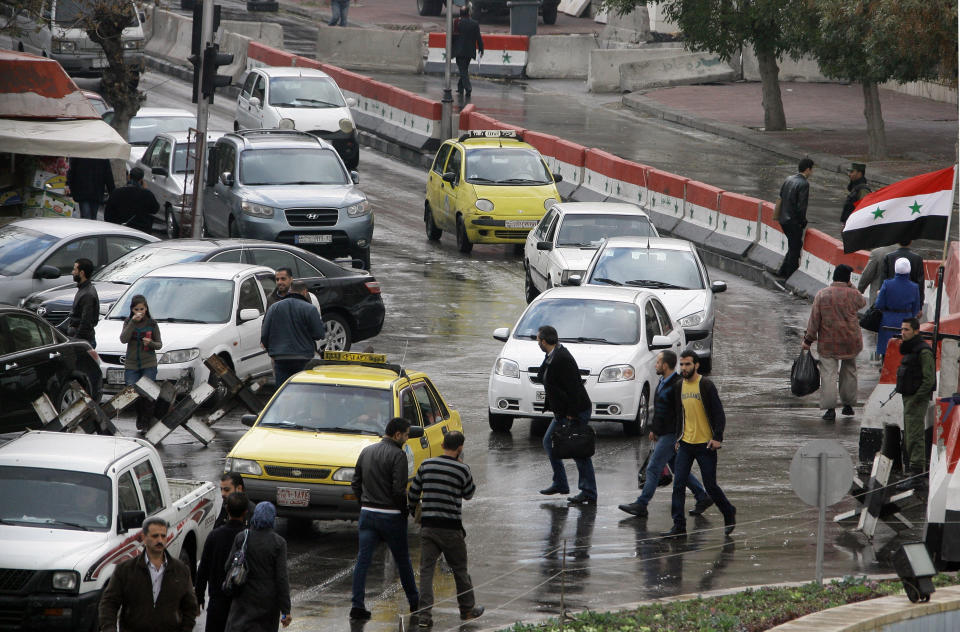
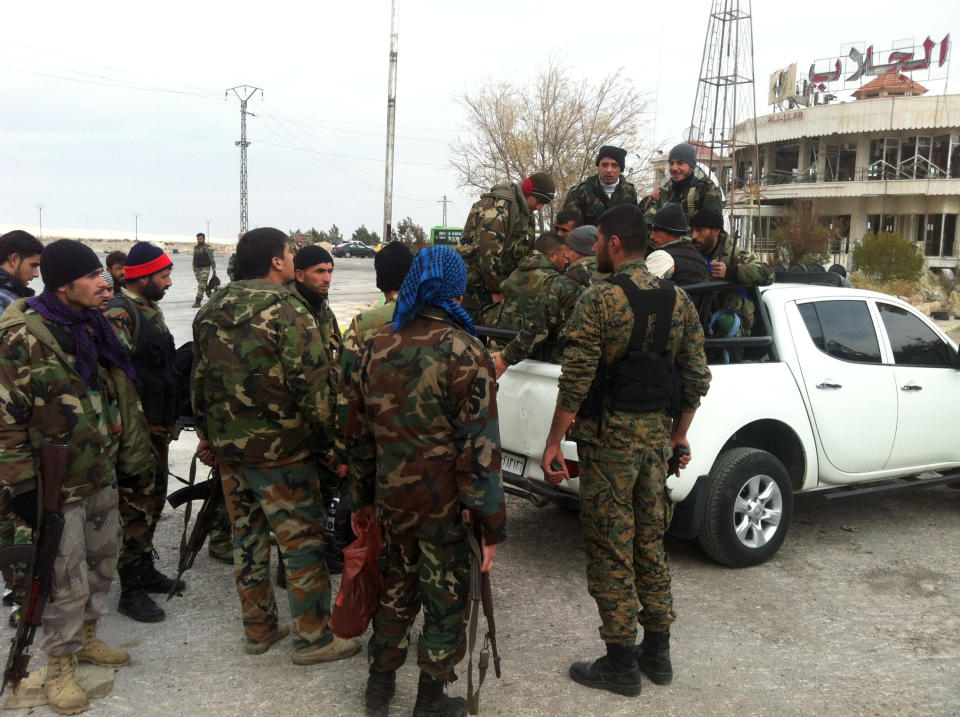
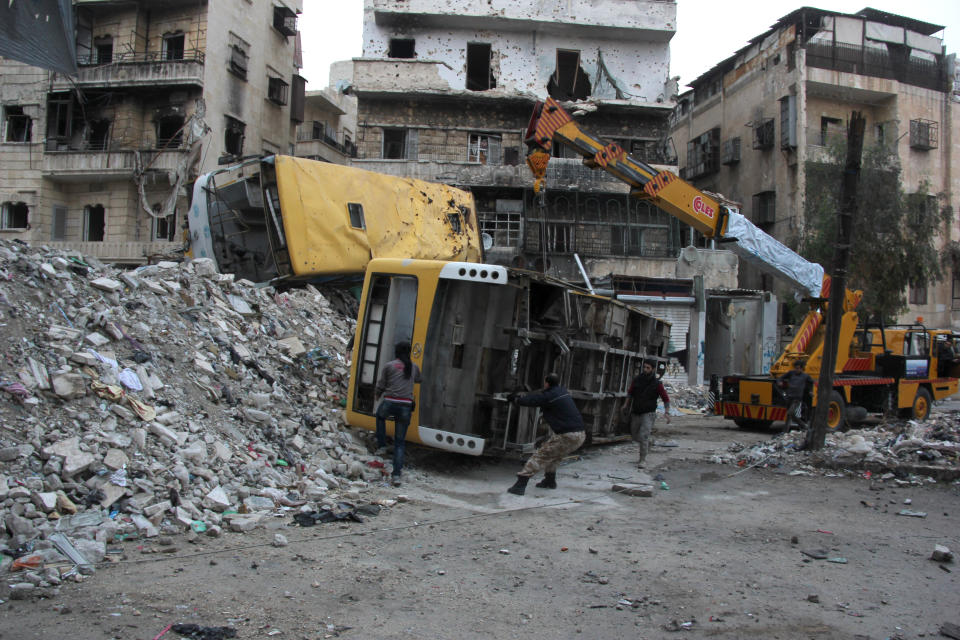
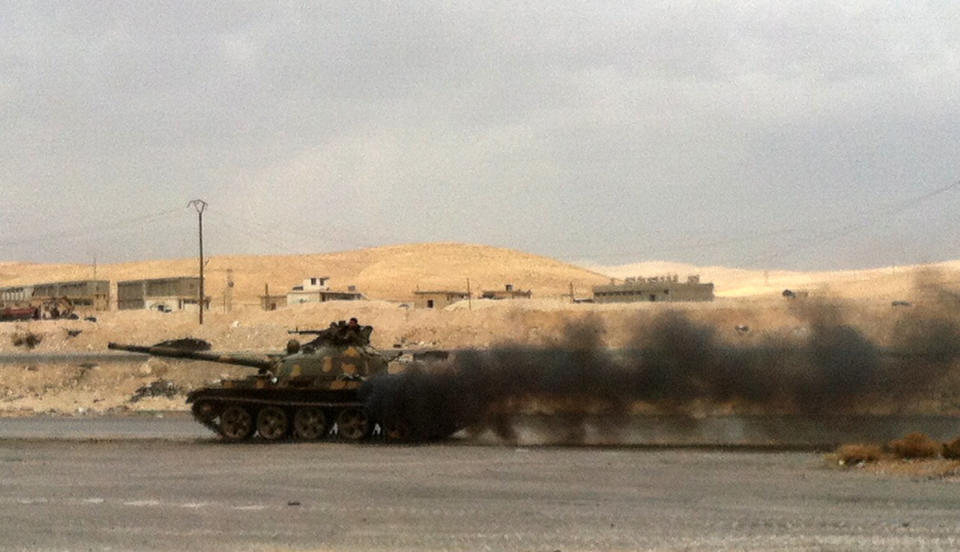
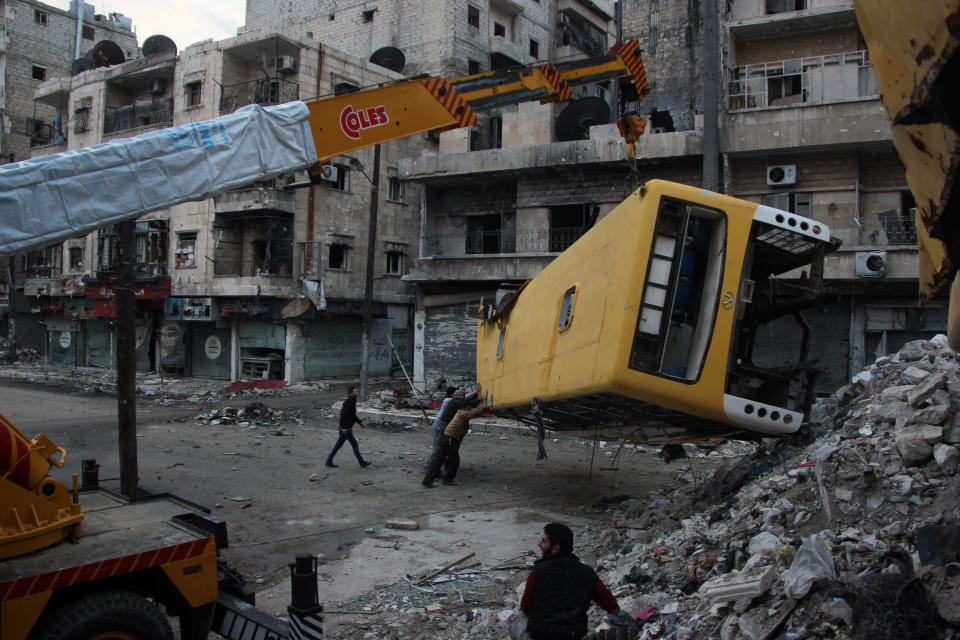
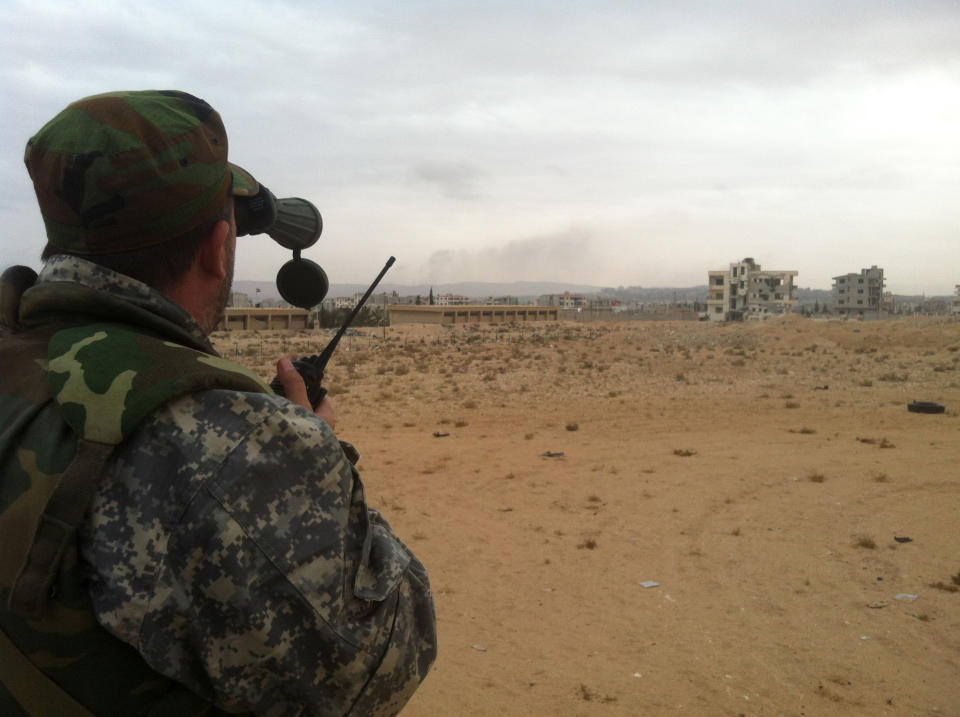
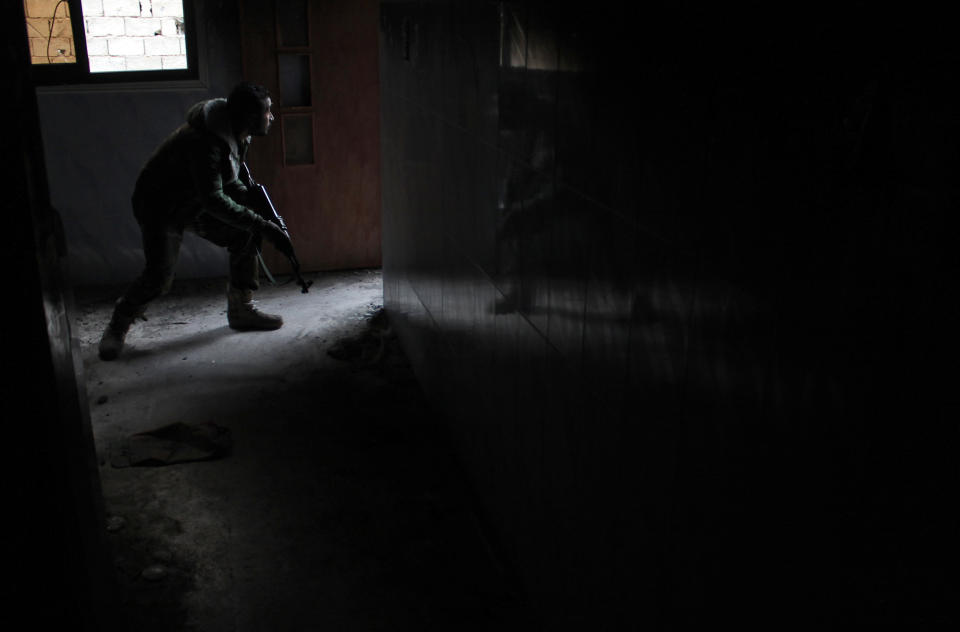
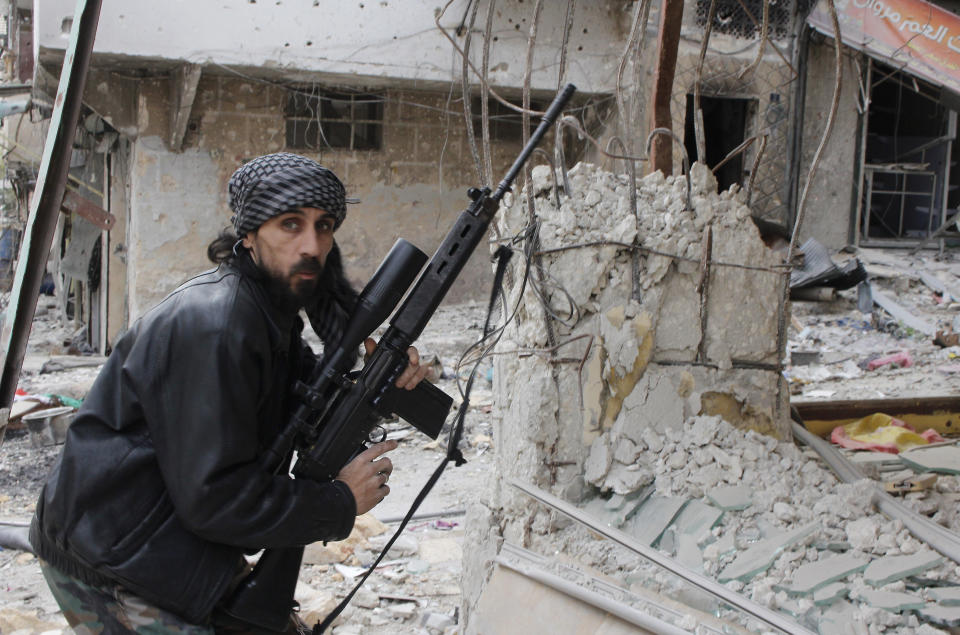
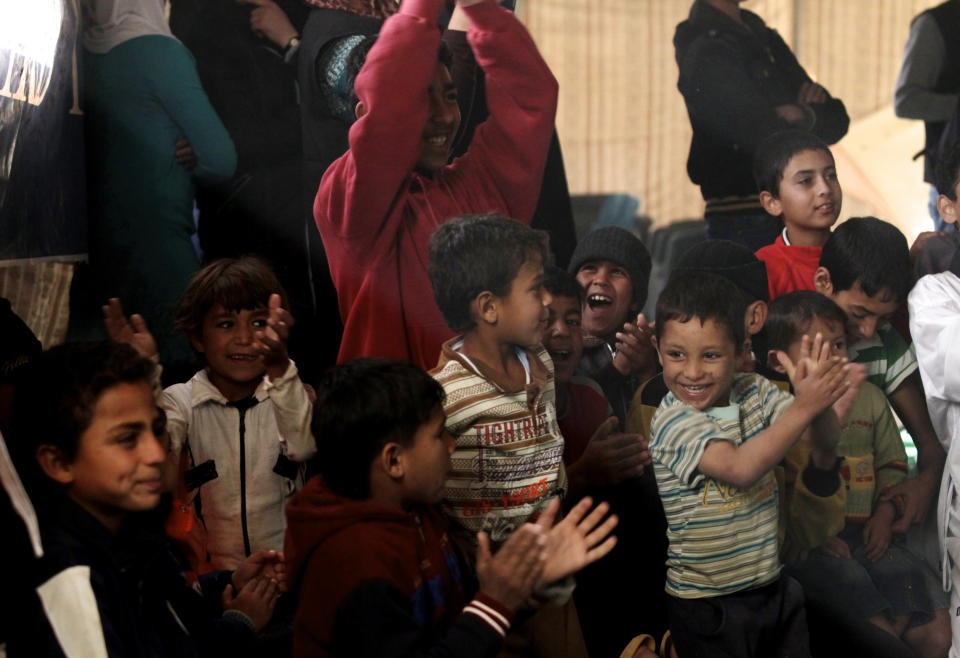
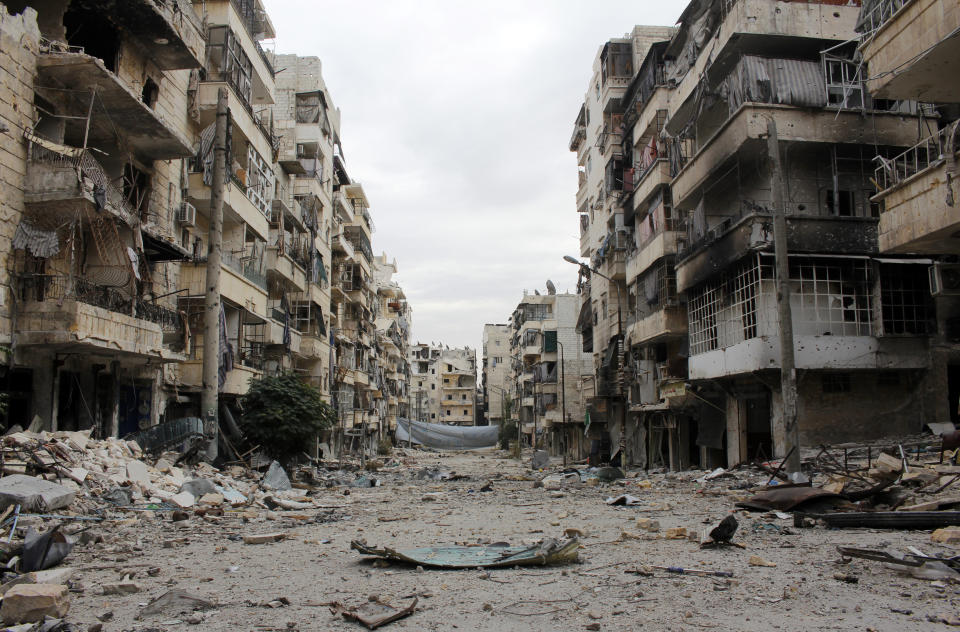
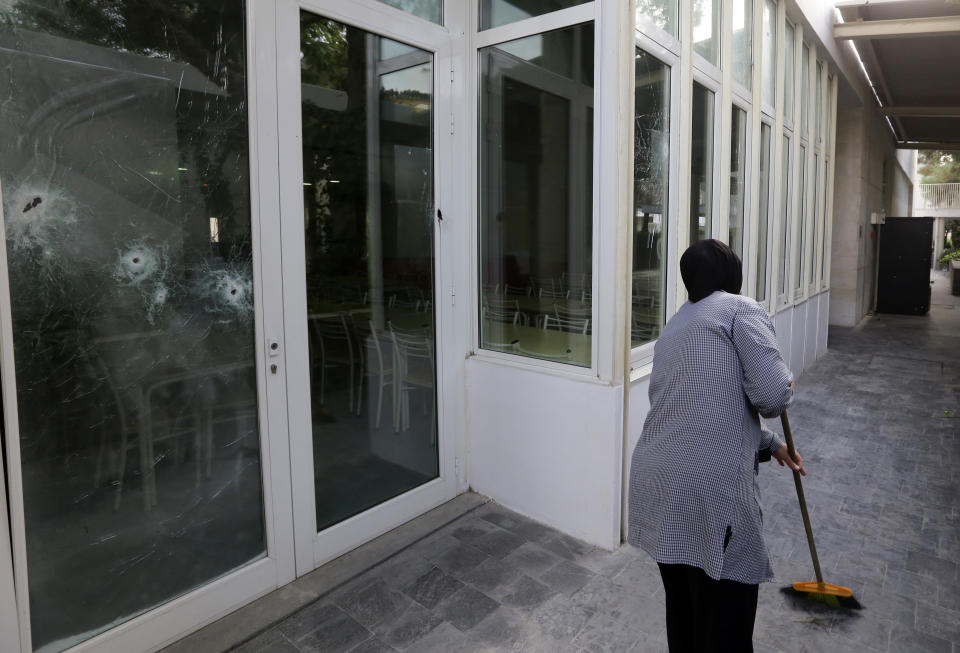
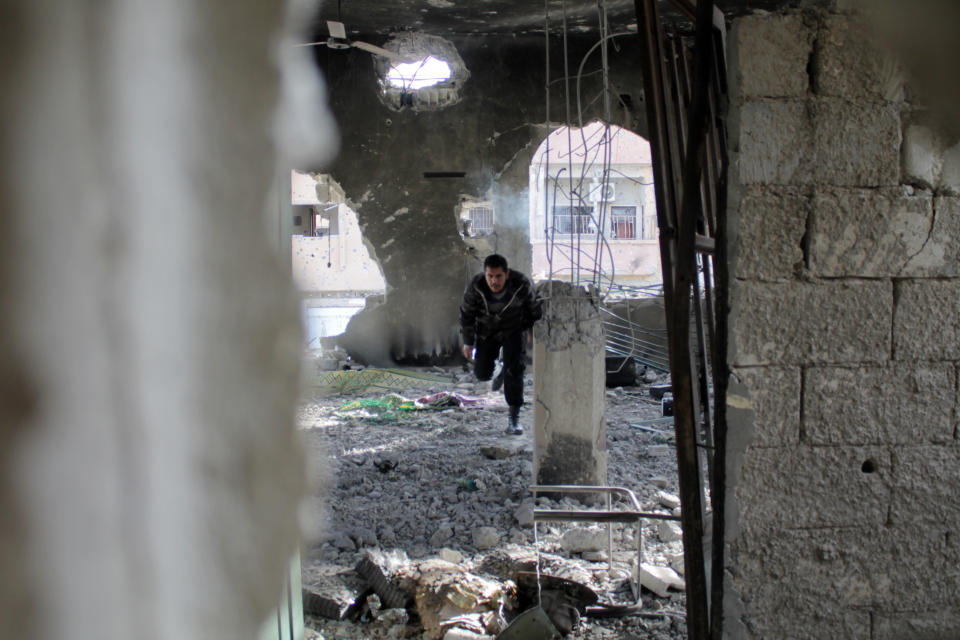
This article originally appeared on HuffPost.

